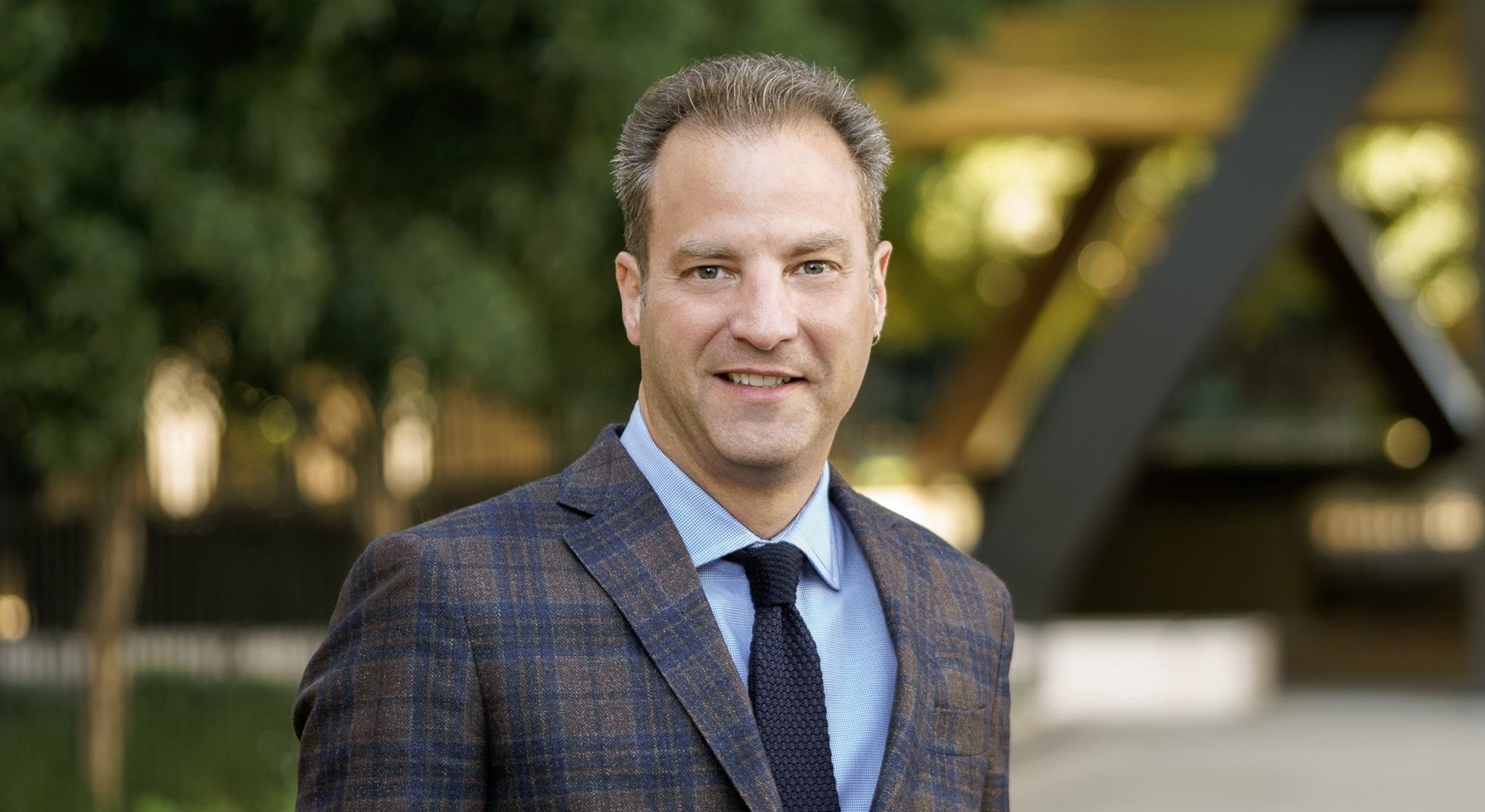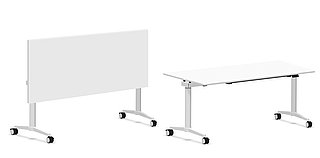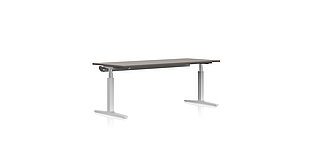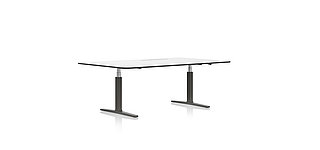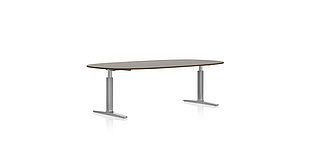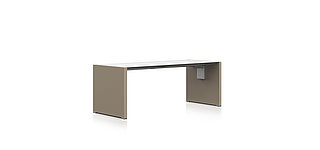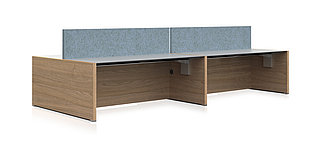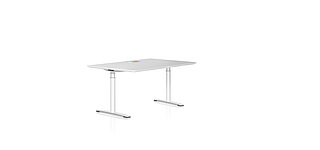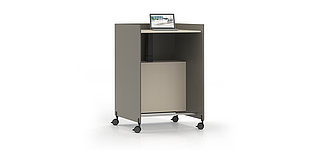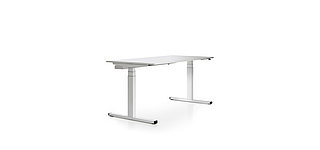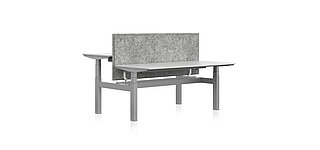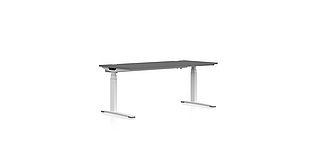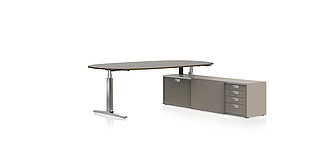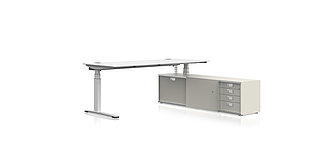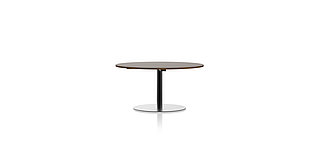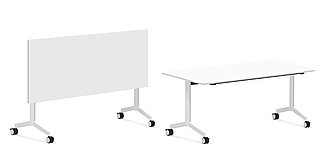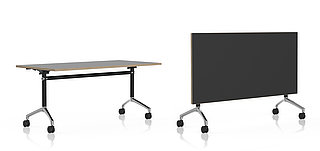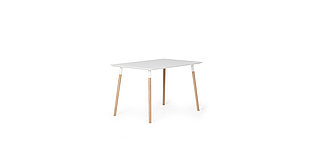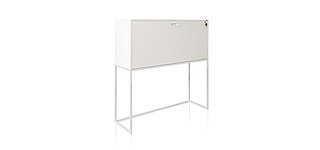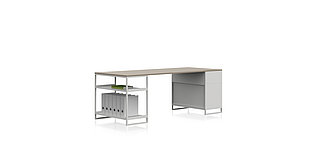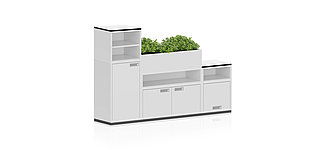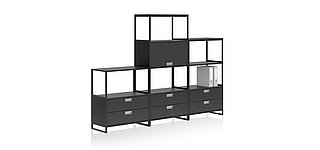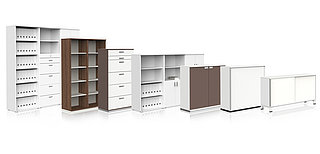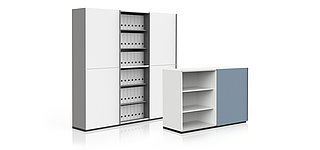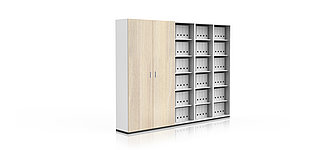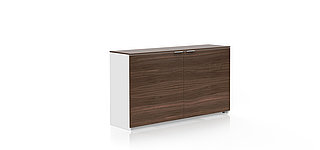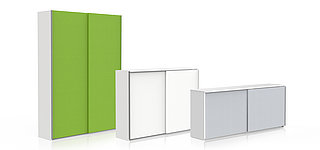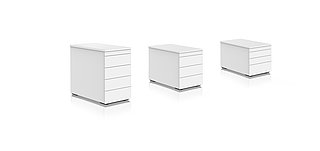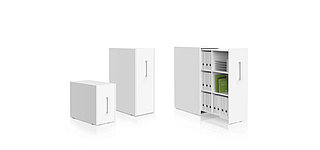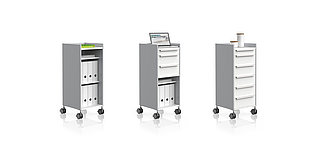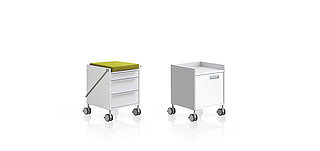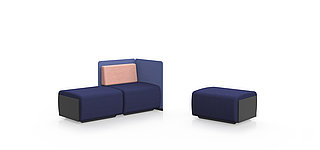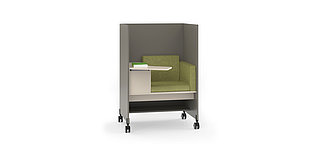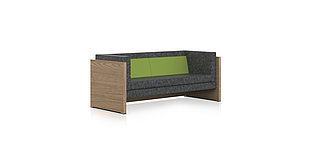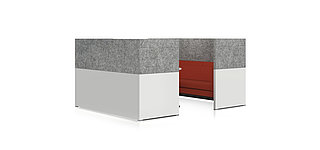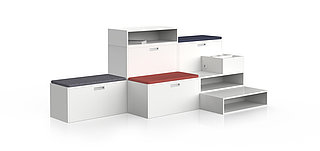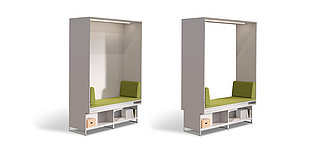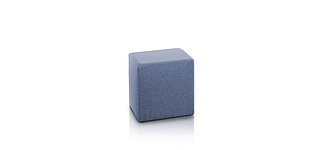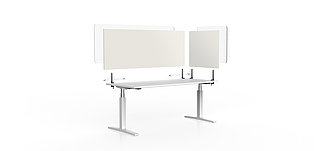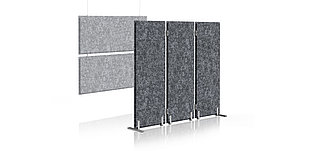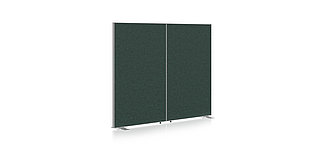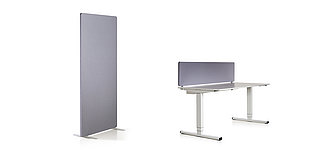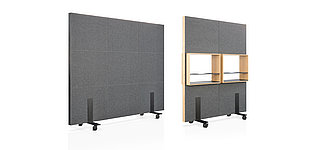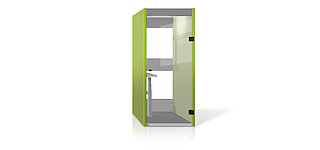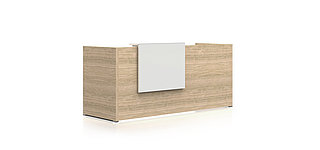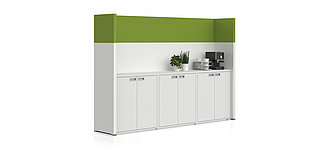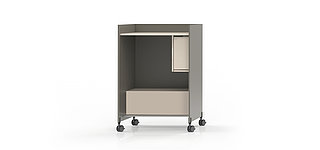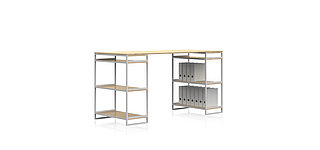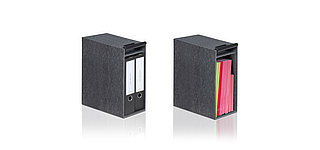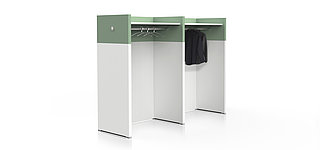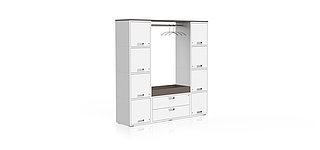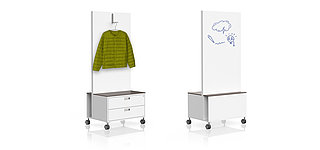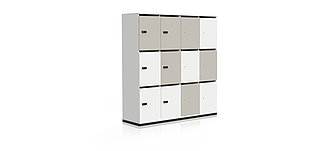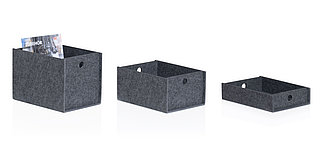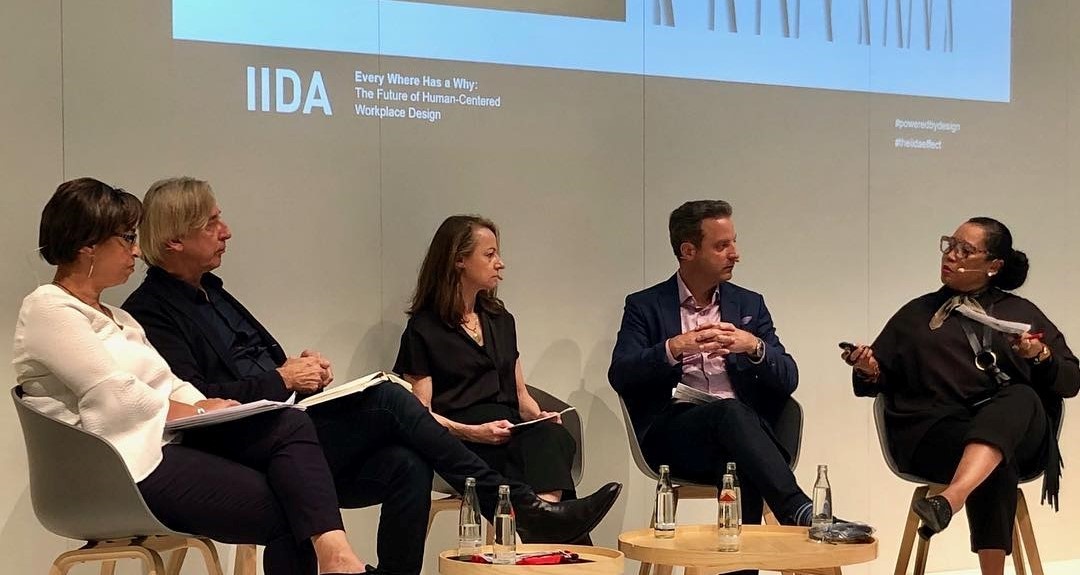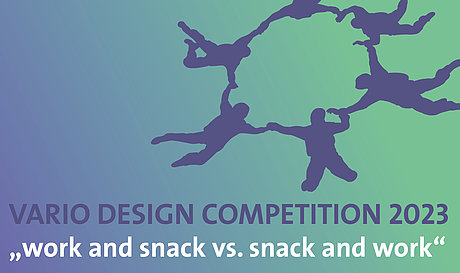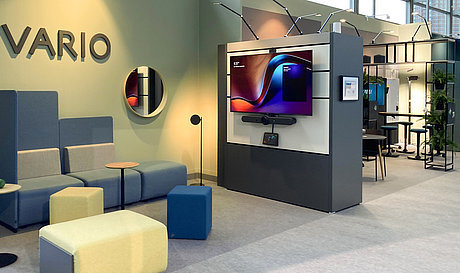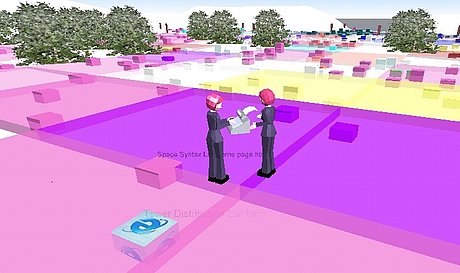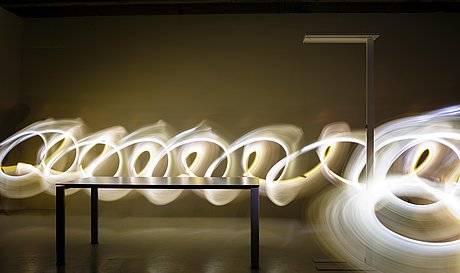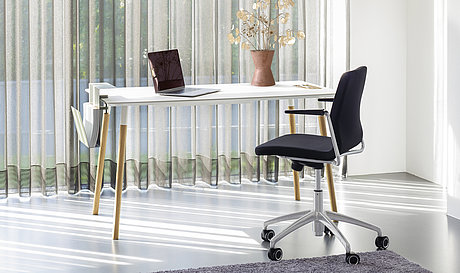Zufriedenheit mit Bürogestaltung funktioniert genauso wie die Maslow'sche Bedürfnispyramide, sagt Sascha Wagner. Deshalb würden sich Innenarchitekten soviel mit Akustik, Licht oder Luftqualität beschäftigen. Diese Grundbedürfnisse müssen erfüllt sein, damit man überhaupt an die entscheidende Frage kommen kann, wie und weshalb Arbeit auch Sinnstiftung erzeugt, und Arbeit mehr ist als nur Arbeit.
Wagner, der seit 2004 für Huntsman arbeitet, hat mit großen Kunden zu tun, auch mit Unternehmen, die sich wünschten, dass ihre Büros zukünftig wie bei google aussehen sollen. Wenn sich ein Unternehmen über seine Corporate Culture im klaren ist, können Büroraum-Gestaltung, Corporate Culture, Human Well-Being sehr gut zusammen kommen, so seine These. Und gute Büro-Gestaltung wirkt sich am Ende nicht nur aufs Wohlbefinden der Mitarbeiter aus, sondern auch auf ihr Verhalten. Mehr darüber im Interview.
In the Orgatec-Discussion you mentioned clients used to ask for their new office projects to look like Google to convey more creativity. But today Google itself doesn't want to look like Google any more. What has changed so that playgrounds and slides are not that attractive anymore?
Sascha Wagner: Early on, many technology workspaces incorporated playful elements and lots of open, non-hierarchical spaces. People associated these elements with freedom, fun, collaboration, and innovation. Of course, you don’t become creative as a company by simply putting a slide in your space. To be more like Google, you need to change your culture to be more agile and collaborative, as opposed to just changing how your offices look. For most companies now, the attitude towards the work environment has matured beyond the playground to a more balanced approach. The focus has shifted towards occupant wellbeing and empowerment: Spaces that support a healthy lifestyle with lots of options for individuals to choose how to work most effectively. This doesn’t mean we’ve stopped including some playful and surprising elements in our designs. Spaces should always create delight and excitement.
You have argued that Maslow’s Pyramid of Needs can be transferred to Workplace Design and fulfill the levels of acoustic, lighting, physical and social well-being. What will be on the top?
Sascha Wagner: Once you have met the basic needs of Tools (a phone, a laptop, a place to sit), and Environments (the right space types, along with lighting, air, acoustics), you move up the pyramid to Experience (the policies or conditions that promote flexibility and choice, and amenities to support a balanced lifestyle). Ultimately you get to Purpose - the connection to a larger idea or ethos. What is the work actually about? Who are you working for, and to what end? When you can connect the built environment to this highest level of fulfillment, you generate true employee engagement. At Huntsman we call this Places with Meaning. We work closely with our clients to find that connection, and it guides all aspects of our design.
In praxis there are often gaps arising between the architecture / workplace design and the corporate culture. A space reflects a kind of culture. But what if we create quiet zones e.g. with pillows or pads on the floor, but in reality don't want employees to nap there in the afternoon?
Sascha Wagner: A successful workplace is an authentic space. The built environment either encourages or discourages certain behaviors. These choices in what to encourage should authentically reflect the values of the organization. Nap pods can be a helpful feature to give people a balance from working very long hours. If your company is more of a 9-5 culture where no one works late, then you probably don’t need this type of space. However, if you do decide to include a place for a quick recharge, then this amenity also should be supported by policy and embraced by management. If the company leadership doesn’t believe a nap pod adds value, then don’t put one in the space. No one will use it if they feel like they are being judged. Ultimately, it's important to align the design with the beliefs of the organization. You are where you work!
SASCHA WAGNER, FIIDA AIA, ist Präsident und CEO der Huntsman Architectural Group mit Sitz in San Francisco, New York and Chicago, und Vorstandsmitglied der IIDA (International Interior Design Association). Auf der Orgatec diskutierte er auf dem IIDA-Panel über "The Future of Human-Centered Workplace Design".
